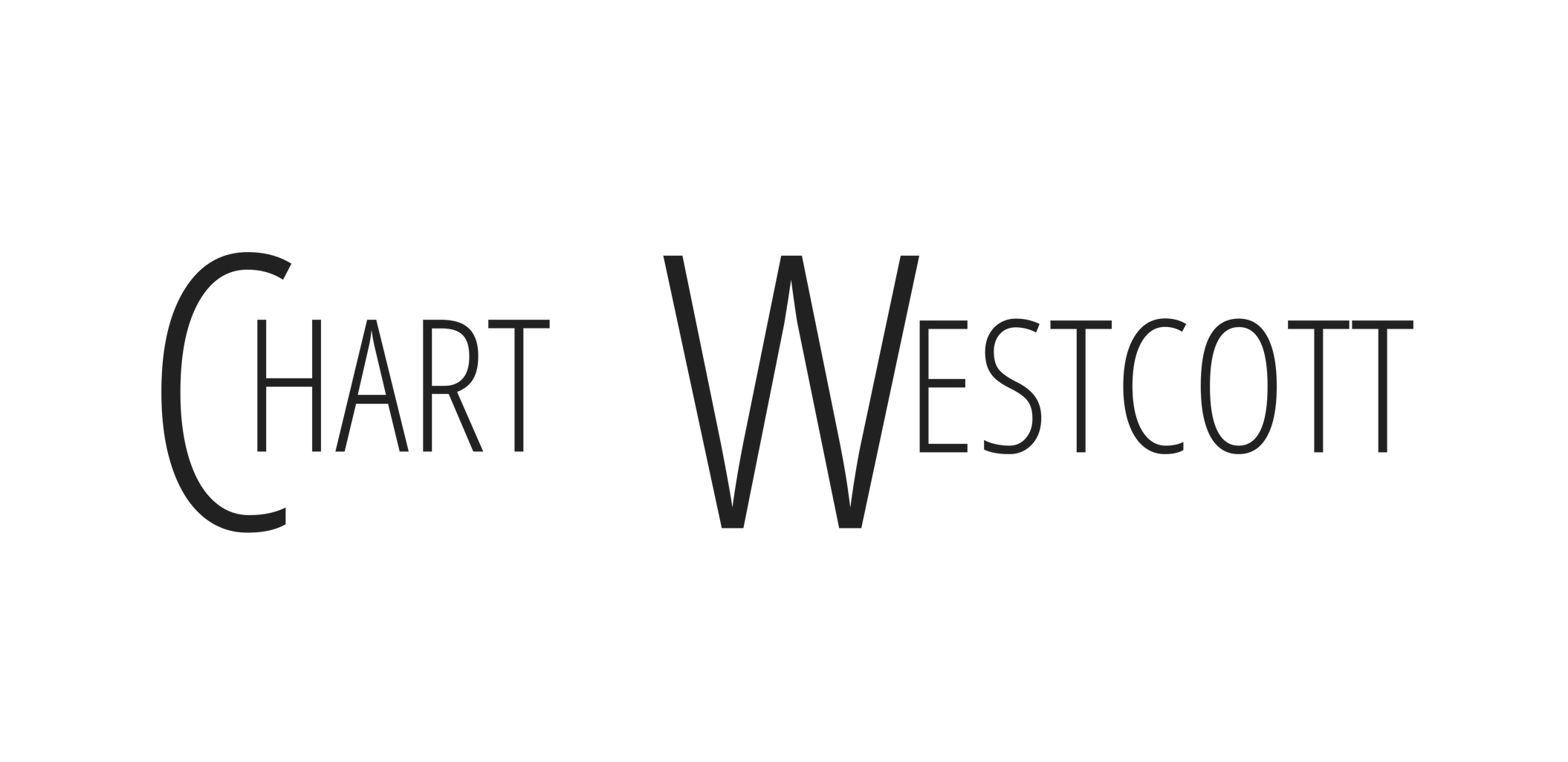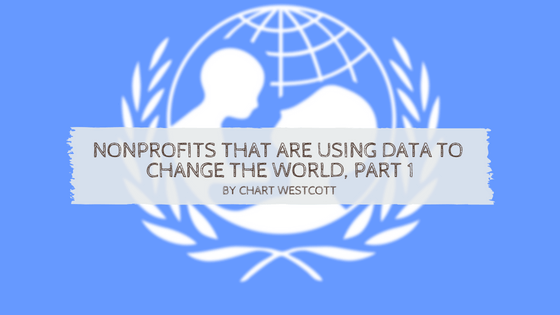Most people who think of big data, often think about machines, robots, and artificial intelligence. However, when you mix data with an altruistic mission, it can breed astounding results. As we move closer into the digital era, it is presenting nonprofits with new opportunities. There was a time when 56% percent of people donated to an organization because they saw the story on social media. You also have fundraising sites like DonorsChoose.org and Causes.com that allow foundations to raise money with the click of a button. The beauty of this is that it is only the beginning. Let’s take a look at organizations that have upped the ante by becoming socially-driven and data-driven to make a difference.
Jane Goodall Institute
Within the last century, we have seen a drastic decrease in chimpanzees in the wild going from one to two million to an estimated 300,000. The Jane Goodall Institute believes they can save about 85% of the chimpanzee population that would have been lost due to deforestation and over-farming by using Open Data Kits and encouraging people to use their smartphones, tablets, etc. to monitor the changes in the Gombe National Forest (and other parts of Africa). So, if a tree is cut down, then a Forest Monitor can use their phone to take a picture and submit it to the cloud. The information is collected into a database that gives the Institute a better understanding of any potential threats to chimpanzees. They can then determine where the chimpanzees can relocate safely or work with local government to take the right measures and prevent displacement.
UNICEF
UNICEF’s data-dedicated website states, “problems that go unmeasured often go unsolved.” There are an estimated 2.2 billion children in the world, so UNICEF uses an international survey program known as the Multiple Indicator Cluster Surveys which help analyze the household data by surveying women and children around the world. Similar to the Jane Goodall Institute, they are encouraging those in the local community to use technology and report information to a centralized database. Their website displays these results and makes them publicly available. So, visitors can choose any particular country or topic and gain insight from those surveys. Doing so gives people the chance to see detailed insights and visualizations that display how countries compare and how serious a certain situation might be in a particular area allowing both the organization and donors decide on where to allocate their money.

